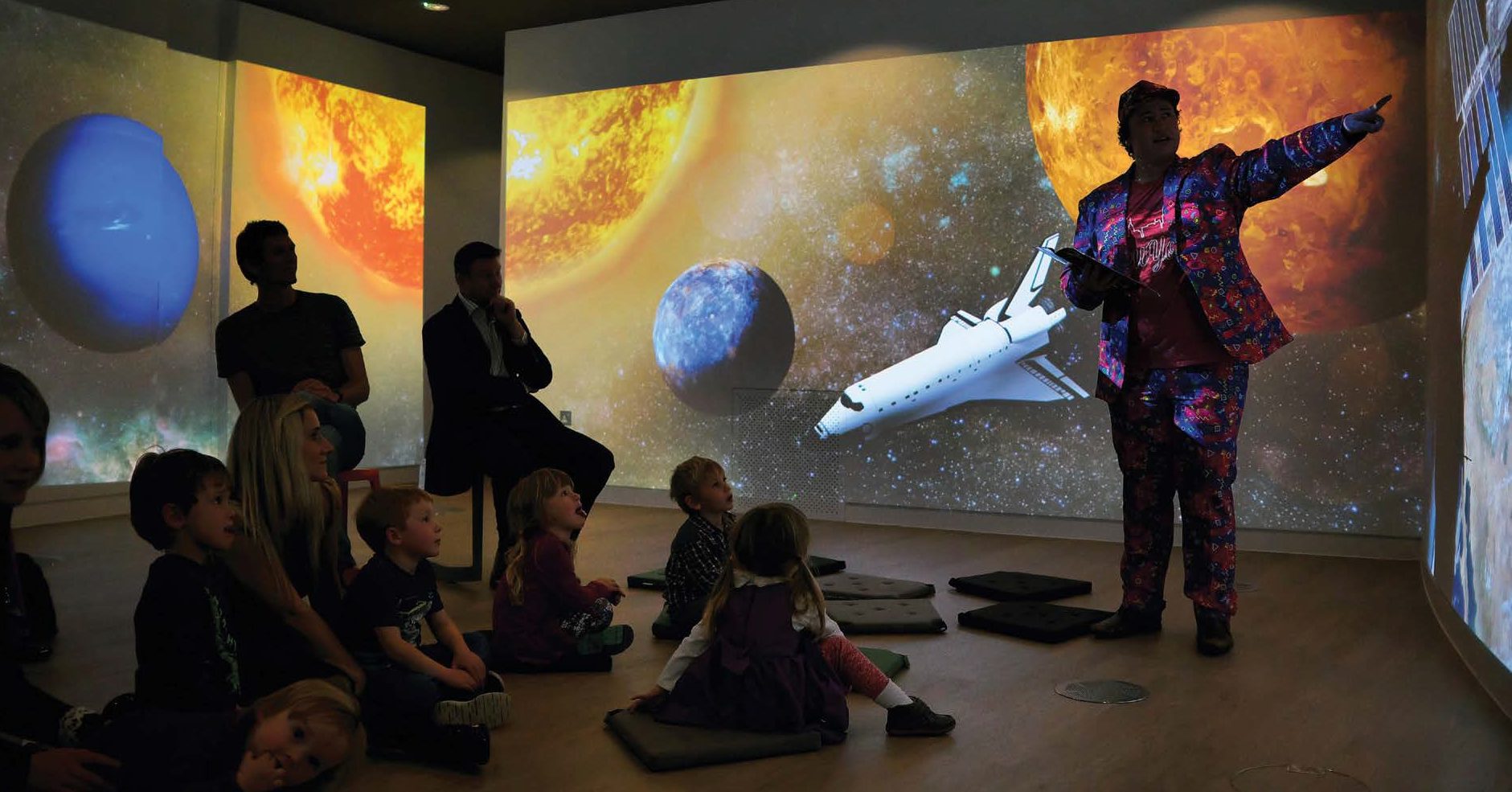The creation of a museum exhibit takes a team effort. From development, which cultivates sponsorships, to education, which plans events and programs that complement the show, to security, which ensures visitors are safe, everyone plays a role in bringing a great exhibition to life.
Using signs, graphics, labels, and interactive technology throughout the exhibit can help your visitors feel immersed in the story. Those mini-stories give museum exhibits their unique edge and help them attract visitors.
Identifying Your Audience
Identifying your audience is an essential part of creating a successful exhibit. Understanding your visitor’s needs and interests will help you design an engaging and educational experience.
Audience analysis can be done through various methods, including surveys, focus groups, and interviews. These techniques can give you an accurate picture of your museum’s target audience and allow you to develop a story that will attract more visitors and increase visitation.
Consider using agencies specializing in the cultural sector to analyze your visitor audience and develop visitor profiles. They can provide information on various topics, including age groups, interests, and ethnicity.
Creating a Narrative
One of the most important things you can do when creating your exhibit, like in www.infinityexhibits.com, is to create a narrative. Narratives appeal to humans’ social instincts and are an effective way of conveying information.
To make a narrative compelling, including sensory details that emotionally engage your visitors is essential. Use various media to tell the story, including photography, video, and audio.
Another thing to remember is that a good narrative should draw your audience in and keep them interested throughout the entire experience. This means that you must ensure that your exhibit has a clear narrative structure and that the elements within the story are logically connected.
To help with this, consider using gamification to get visitors talking and asking questions about your exhibit. This can be done by creating interactive kiosks incorporating audio, video, and gaming technologies. You can also create smartphone apps that take visitors on a guided tour of your exhibit.
Designing the Exhibit
Creating a design that tells your story engagingly and educationally is essential when creating an exhibit at the museum. This means integrating technology and utilizing creative ways to communicate with your guests.
The first step in designing a successful exhibition, like at www.infinityexhibits.com, is identifying your target audience. This will help you determine the style of your exhibit and the best way to make it stand out from other museums.
Another way to design a compelling exhibit is to use signage, graphics, and labels as visual cues that immerse visitors in the history of the object they’re looking at. This helps them feel like they’re part of the story and fully immersed in the experience.
The next step is to organize your content into sections manageable for the visitor to digest. This makes it more likely for them to continue exploring the exhibit. You can use a chronological order to help your visitors understand the story.
Installing the Exhibit
The care for handling and mounting objects during installation is a critical step in the exhibit process. Object handlers must be thoroughly trained and experienced in mounting museum objects in an orderly manner that minimizes accidents and reduces the risk of damage.
Once the object mounts are constructed and installed, a detailed maintenance plan must be developed and implemented. The program must address the conservation criteria for each object and its environment.
Assign a staff member to inspect the exhibit space or case daily for any conditions needing monitoring. Maintain relative humidity levels and pollutant control systems, as appropriate.
Maintaining an exhibit isn’t just about keeping it clean and ensuring visitors have a positive experience. This includes educating them, entertaining them, and utilizing technology.
